FF TOPICS

祝10周年!
『ファイナルファンタジー零式』を紐解く
キーワードをご紹介!前編
10月27日に『ファイナルファンタジー零式』は発売10周年を迎えます!
独自の魅力に溢れる『FF零式』の世界。今回はまだ『FF零式』をプレイしたことがない方向けに、その世界を紐解くキーワードを2回にわたりご紹介いたします。
気になった方は今からでもぜひ、『FF零式』を遊んでみてくださいね!
『FF零式』ストーリー
これは、クリスタルをめぐる熾烈な戦争に投入された若き戦士たちの物語。
オリエンスと呼ばれる世界には、独自の力を持つ4つのクリスタルが存在し、それぞれのクリスタルのもとに国がある。
人々はそれぞれのクリスタルの恩恵を受け、独自に発展を続けていた。
しかし、突如クリスタルを巡る戦争が、平穏な日々を打ち砕く。
クリスタルを巡り、4つの勢力が衝突する―
理不尽で強烈な戦争が行われる世界で、主人公たちはどう生き、どう戦うのか―
『FF零式』の世界を紐解くキーワード①
~物語の舞台―オリエンス クリスタルを巡って争う国々~
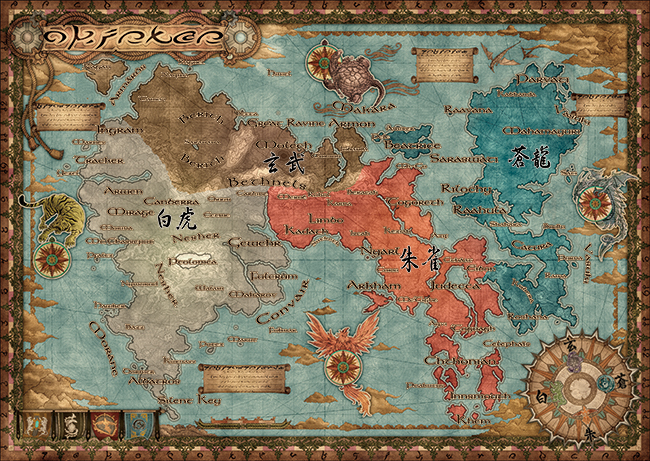
『FF零式』の舞台は「オリエンス」と呼ばれる、千年にわたり戦争が続いている世界です。戦争の原因は大いなる力の源である“クリスタル”。この戦争を繰り広げている4つの国をご紹介しましょう。
朱雀:朱雀領ルブルム(クリスタルの力:魔法)
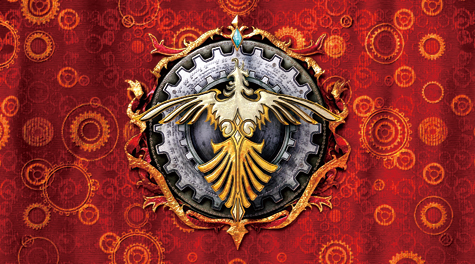
カリヤ・シバル6世を元首とする、気候は温暖、大地も肥沃で住みよい国。朱雀クリスタルが魔法の力を生み出しているため、4国の中で唯一魔法を用いることができる。
白虎:ミリテス皇国(クリスタルの力:兵器)
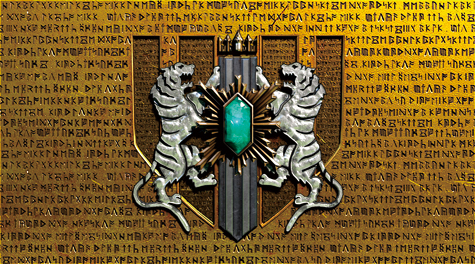
元首シド・オールスタインによって統治され、機械の開発により発展してきた専制君主国家。白虎クリスタルの弱体化や寒冷な気候の厳しさもあり、民は貧窮している。
蒼龍:コンコルディア王国(クリスタルの力:竜)
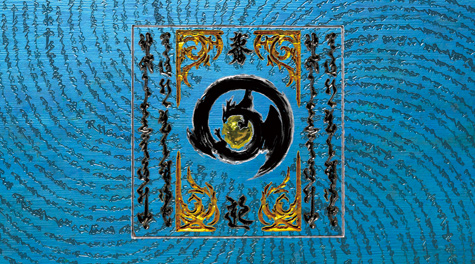
蒼龍クリスタルの力により、竜や魔物を従えている。国の民である“蒼龍人”はオリエンスで一番の長寿として知られているほか、女王アンドリアをはじめ、国の要職はすべて女性で構成されている。
玄武:ロリカ同盟(クリスタルの力:剣・盾)
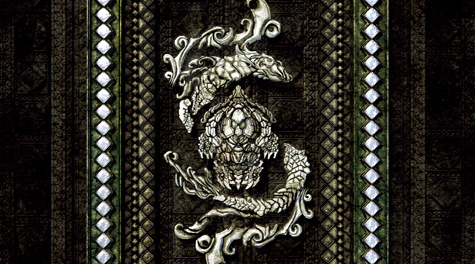
膂力が逞しいものが多いロリカ同盟では、国民のほぼすべてが戦士で、玄武クリスタルの力を直接取り込んで肉体を強化している。700年以上続いた同盟だったが、ミリテス皇国のアルテマ弾投下により滅亡してしまう。
『FF零式』の世界を紐解くキーワード②
~死の忘却~
オリエンスでは生物が命を落とすと、それにまつわる記憶をクリスタルが消し去ってしまいます。これは戦争の最中、大切な人の死が日常となっているなかでも強く生きられるようにというクリスタルの慈悲だと言われていますが、この作用により残された人々は死者のことを忘れ去ってしまうのです。

このため、朱雀の民は個人情報を記した「ノーウィングタグ」を誕生直後から支給され、肌身離さず持つことになっています。ノーウィングタグは当人が亡くなった際にその者が存在していた事実を残し、遺族に訃報を知らせる役割を果たします。
『FF零式』の世界を紐解くキーワード③
~クリスタルに選ばれた存在―ルシ~
「ルシ」とはクリスタルに選ばれ、特別な使命と力を授かった存在です。オリエンス4国にそれぞれ存在していますが、国家の利害には関心がなくクリスタルのためだけに存在し、動きます。ルシには寿命がなく、戦闘などで致命傷を受ける以外の要因で死ぬことはないため、朱雀のルシ・セツナのように大昔から生きているルシもいます。

しかしルシの生命も永遠ではなく、与えられた使命を果たしたルシは「昇華」してクリスタルのように結晶化してしまいます。また使命にそむくなどクリスタルの意思に反したルシは「シガイ」と呼ばれる、自我のない化け物になり果ててしまいます。
『FF零式』の世界を紐解くキーワード④
~朱雀の魔導院、アギト候補生~

朱雀の政治の中心であり、首都でもある「魔導院ペリシティリウム朱雀」。朱雀最大の強みである魔法の力の研究も行われていますが、その本来の目的はオリエンスの救世主とされている「アギト」の育成で、魔導院にはアギトの素質を見込まれた学生が「アギト候補生」として日々鍛錬しています。
候補生たちはその能力を伸ばしやすいように組分けされ、中でも朱のマントをまとった「幻のクラス」と呼ばれる0組(クラスゼロ)の能力は、他クラスとは別格なのだとか……。

------------------------
今回は『FF零式』の世界を紐解くキーワードを4つご紹介しました!
10/27(水)掲載予定の後編では、いよいよ『FF零式』の主人公たち、すなわち0組(クラスゼロ)の生徒たちや、彼らをサポートするユニークなキャラクターたちについてご紹介します。ぜひお楽しみに!
『ファイナルファンタジー零式 HD』公式サイトはこちら
https://www.jp.square-enix.com/ff_reishiki/
LOGO & IMAGE ILLUSTRATION:© YOSHITAKA AMANO